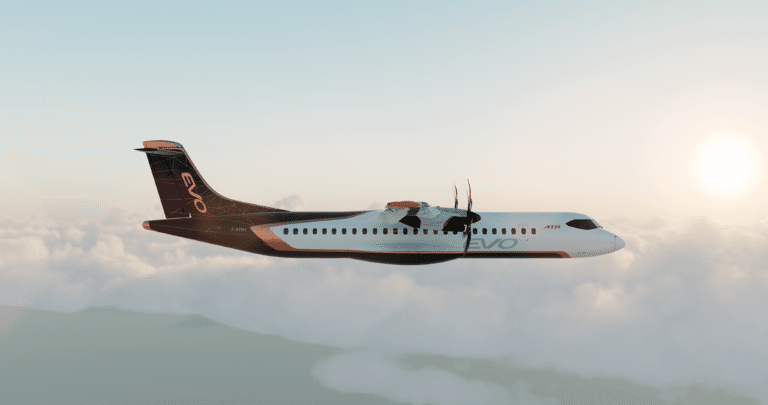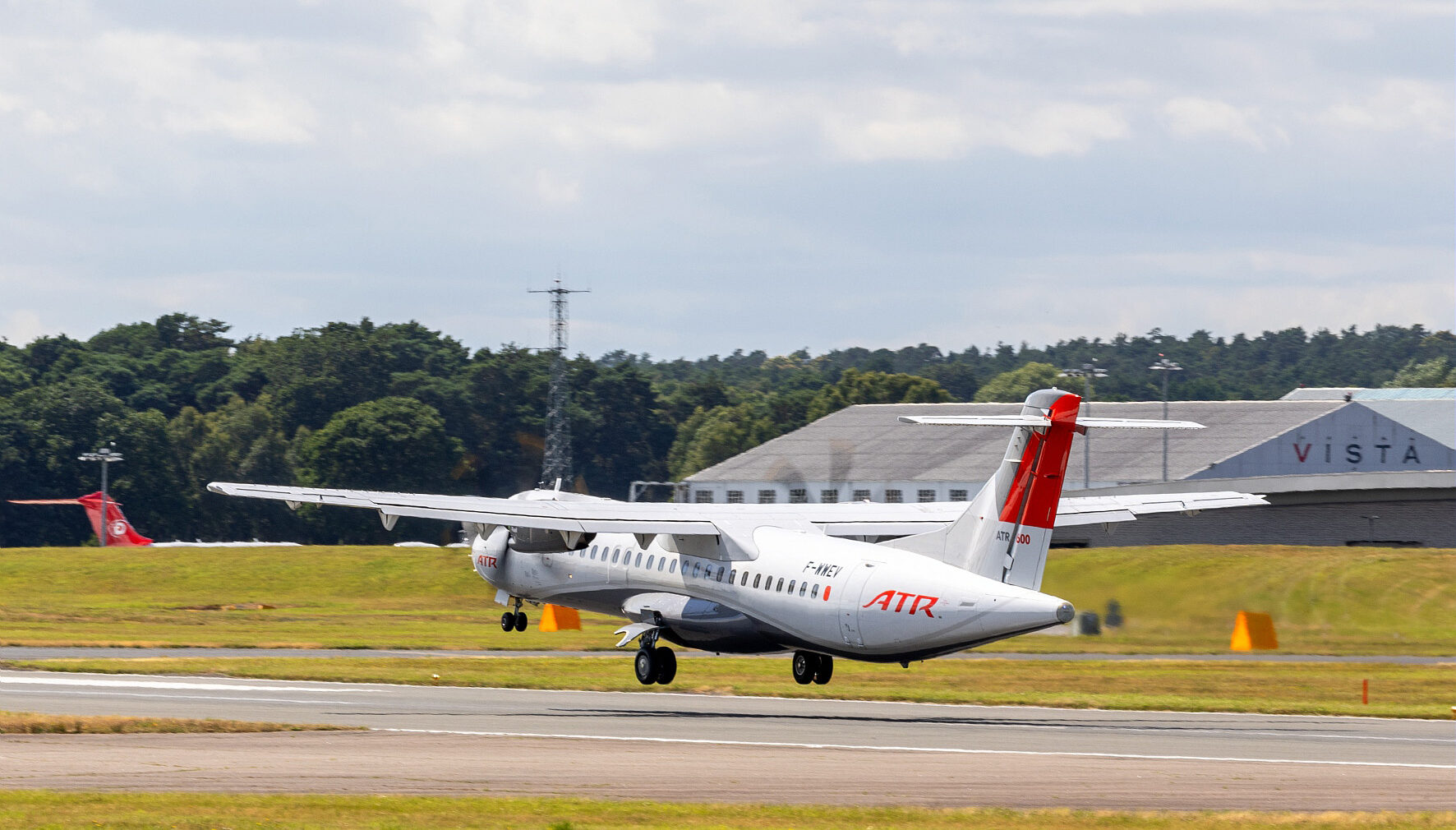Airplane lift refers to the upward force that allows an aircraft to ascend and maintain altitude. This force counters gravity, enabling sustained flight.
What is lift?
Airplane lift is a crucial aerodynamic force essential for flight. It acts perpendicularly to the direction of airflow around the aircraft’s wings and opposes the downward pull of gravity. Lift is generated when air moves over and under the wing, creating a pressure difference that results in an upward force.
To understand how lift is generated, it is essential to consider the wing’s design, often referred to as an airfoil. The airfoil shape is engineered to maximise efficiency in lifting by altering the air pressure above and below the wing. The upper surface of the wing is curved, allowing air to travel faster over the top than the bottom. According to Bernoulli’s principle, the faster air over the top results in lower pressure compared to the higher pressure below the wing, thus creating lift.
The magnitude of lift produced by an airfoil is not only dependent on its shape but also on several factors such as the wing’s size, the angle of attack, air density, and the velocity of the aircraft. The angle of attack is particularly crucial; it is the angle between the chord line of the wing and the oncoming air. An optimal angle maximises lift but must be carefully managed to avoid stalling, where the airflow separates from the wing surface, dramatically reducing lift.
Drag force and thrust force also play integral roles in the dynamics of airplane lift. Drag is the force of resistance in the opposite direction to the movement of the aircraft, caused by the displacement of air by the aircraft. Thrust, meanwhile, is the forward force produced by the aircraft’s engines to overcome drag. A balance between lift, drag, and thrust enables the aircraft to achieve and maintain flight. Aerodynamic principles are pivotal for both subsonic and supersonic flight conditions, and the efficiency of these principles in different flight regimes varies.
Lift is not only significant for fixed-wing aircraft but is also a critical factor in the design of helicopter rotors, propellers, and other aerodynamic bodies.








